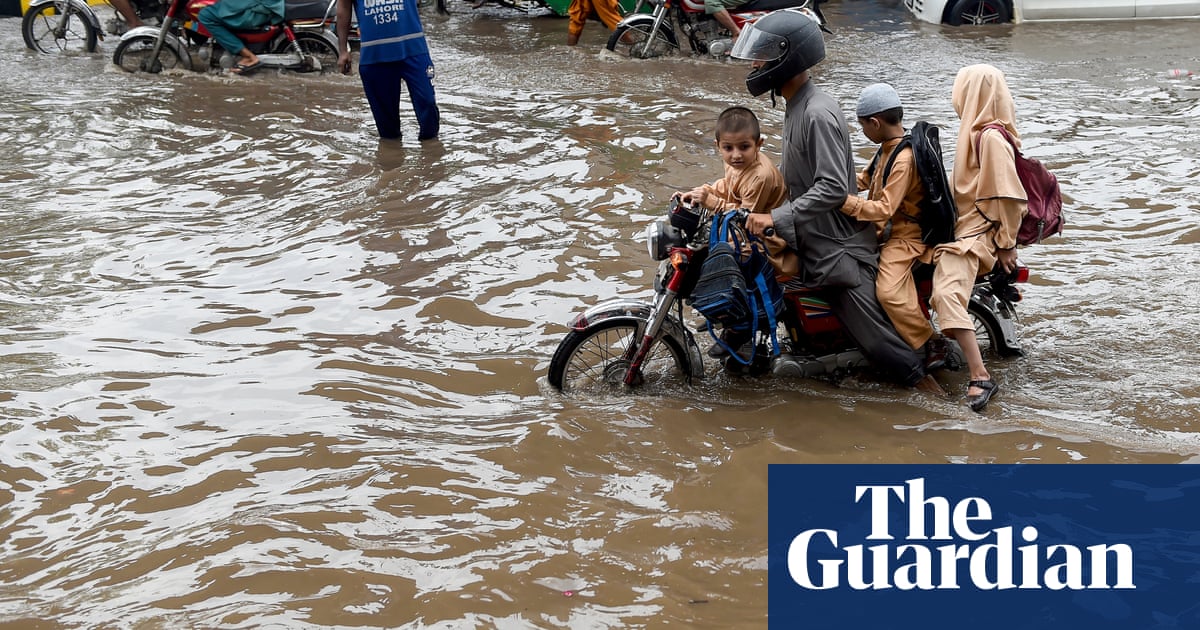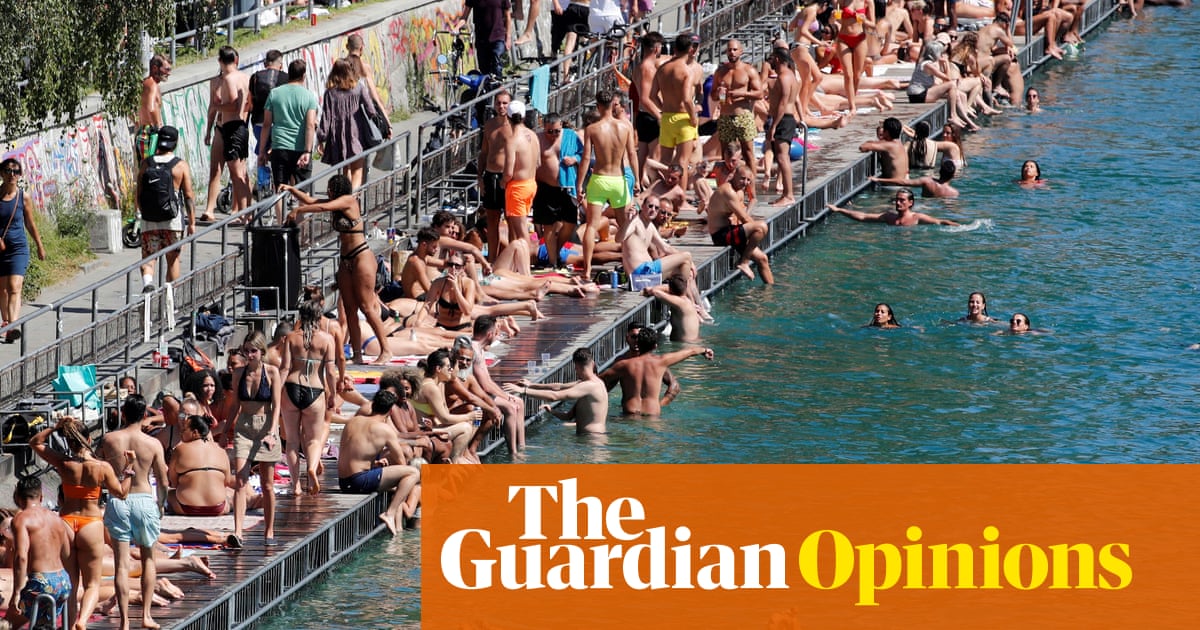PROTECT YOUR DNA WITH QUANTUM TECHNOLOGY
Orgo-Life the new way to the future Advertising by AdpathwayAnother month has passed and so here is the updated Arctic sea ice volume graph as calculated by the Pan-Arctic Ice Ocean Modeling and Assimilation System (PIOMAS) at the Polar Science Center:
During October there was a slowdown in ice growth, which is also reflected in the PIOMAS numbers. 2019 was the third year since 2007 to record a volume increase under 2000 km3. Given that 2016 increased even more slowly, it has overtaken 2019, which is now third lowest on record. But as can be seen on the graph above, the difference with 2012 (99 km3) and 2016 (31 km3) is negligible.
Here's how the differences with previous years have evolved from last month:
If you carefully observe the 2019 trend line on Wipneus' version of the PIOMAS graph, you'll see that it would have been lowest, had it not shot up during the last week of October (more on that below):
The anomaly trend line on the PIOMAS volume anomaly graph is still in negative territory:
As for average thickness, the 2019 trend line on the PIJAMAS graph has taken a massive drop, almost as spectacular as the 2012 trend line (light blue). This makes sense, as both years had a lot of open water to be covered with thin ice. It takes a while for that ice to thicken, so if you divide volume by extent to crudely calculate average thickness, the numbers will decrease:The same effect can be seen, more or less, on the Polar Science Centre average thickness graph:
So, what can we expect for next month's update? Extent has been going up fast since that last week of October and is now slightly above 2012, but well above crazy 2016: Nevertheless, the configurations for these three years is vastly different, as can be seen on the comparison of Uni Bremen sea ice concentration maps below (which you can find here). Whereas 2016 and especially 2012 have most of their open water on the Atlantic side of the Arctic, 2019 will have to do most of its upcoming expansion on the Pacific side of the Arctic:
The speed of this expansion will depend on sea surface temperatures and weather, and this in turn will determine whether 2019 can creep any closer to 2016, both on the extent and volume graphs.
In the meantime, the Arctic north of 70N has recorded its 7th top-3 highest temperature on record in a row, extending the unprecedented run:
Surely, it will end there? We'll know next month.





















 English (US) ·
English (US) ·  French (CA) ·
French (CA) ·